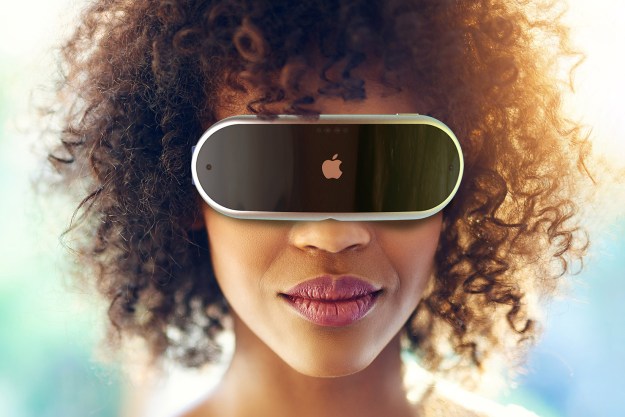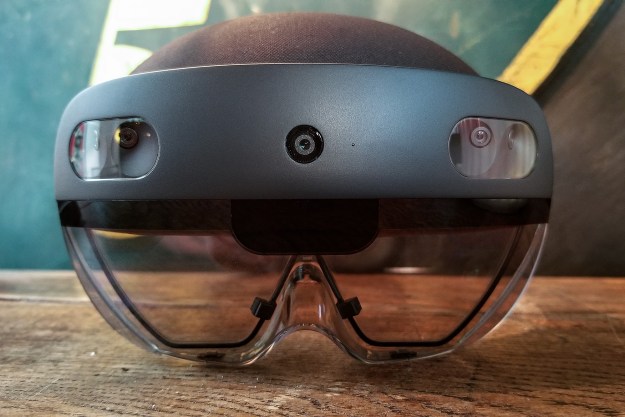Microsoft implanted the Holoportation capture system into a car and drove it around, utilizing the 3D-teleporting function to send a digital avatar of a user into various locations, despite the absence of a strong local internet connection. This was only possible because Microsoft was able to reduce the required bandwidth by as much as 97 percent, dropping it to around 30-50Mbps.
Although this is still too much for current generation 4G networks, theoretically future 5G connections could see us Holoporting ourselves to all sorts of places while traveling. You could drive somewhere while your digital friend sits next to you to keep you company, or Holoport to a meeting you’re running late for.
The applications of Holoportation are impressive in their own right, but by reducing the bandwidth required to such a degree, Microsoft has made the technology portable and much more applicable for many more people around the world.
Augmented reality and virtual reality technology have a high enough barrier for entry in terms of cost, space requirements, and technical know how. Killing off the need for an incredibly speedy internet connection tackles a major hurdle to making this sort of technology more accessible for the general populace.
For those looking to take their Holoportation system on the road, Microsoft claims that it takes only two cameras. Together they are capable of capturing the realistic 3D representation of a person or object — however the firm does add the caveat that the more cameras you have, the better the digital recreation.
Editors' Recommendations
- We now know how Apple’s VR headset may handle video, and it’s pretty awesome
- We finally might know what Apple will call its AR/VR headset
- Meta wants its next VR headset to replace your laptop
- Turns out Microsoft’s HoloLens 3 might not be dead after all
- You won’t be taking Microsoft’s HoloLens 3 into the metaverse




